Seven day test: 2025 Leapmotor C10 Design EV. I’ll check back when you’ve finished it.
Leapmotor is a box fresh Chinese brand on our shores, marketed by auto giant Stellantis (Jeep, Peugeot, RAM, etc.), and lands with the C10 medium SUV.
Arriving as a full EV (as tested here) and a range extender hybrid, it’s the cheapest EV in its class, and roughly $10,000 under our land’s best selling Tesla Model Y.
But does its cheap price – from $45,888 before on-roads – equate to decent value? We give the flagship Design grade (currently $51,500 drive-away) the week-long family test, with mixed results.
Day one: A poor start
Not often we veteran motoring journalists experience something totally new from a car.
But here I am, Googling: “How to turn off a Leapmotor C10.”
Never before have I needed the internet to instruct how a car turns off. I’m old enough to remember turning a metal key counterclockwise and the job was done… what innocent times they were.
Anyway. A Malaysian TikToker provides the answer. It’s in a language I don’t understand, but I watch him tap the Leapmotor credit card key on the exterior mirror and the car shuts down.
Part of me finds it quite cool once I see it, but really? Isn’t a simple bloody on/off cabin button the way to go?
Sure, you can use an app to lock and unlock, but this isn’t my car (it’s Leapmotor’s), and how do you use an app if your phone runs out of battery?
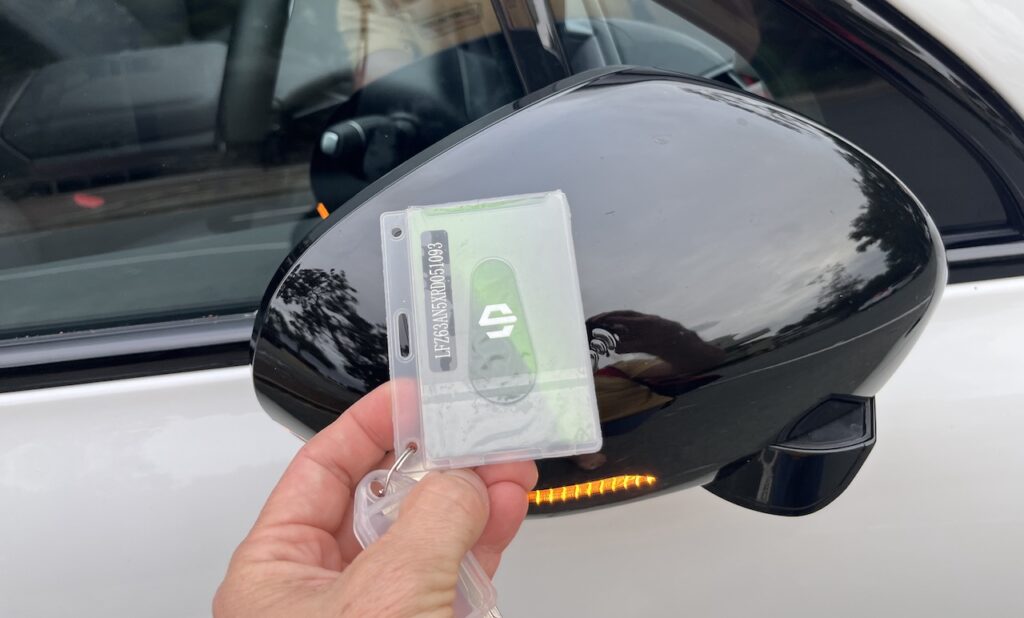
This is day one with the C10, and I fear it’s going to be a long week.
First impressions are the seats are spongy-comfy, you sit very high, the cabin is utterly minimalist with a large centre screen and digital driver display, and on the move this SUV’s impressively smooth and quiet, if riding too firm.
Also not great is I must adjust side mirrors through the centre screen (annoying), and my ventilation too. It’s easy enough to set the temperature, but there are way too many ways to digitally alter the vent’s cold air direction. And none seem to fire cold air on my face, where I’d like it.
READ MORE: Leapmotor C10 Australian review – $10,000 cheaper than a Model Y, but at what cost?
READ MORE: Leapmotor C10 Apple and Android smartphone shortfall will be addressed by August
Only a few metres into my drive, the driver “assist” starts its nannying. Not concentrating, leaving the lane, all bonging away and driving me nuts.
At a set of traffic lights I go into the driver assist (ADAS) menu and turn everything off.
Incredibly, on the highway, using radar cruise control it gives four annoying and loud bongs every time it thinks I’m about to stray over the white line on the road’s edge. And it thinks I’m straying roughly every four seconds. I thought I turned you off?!
Despite turning lane keep off through the screen, it continues to chastise me. It does so with or without radar cruise control on, and I’m getting increasingly furious and distracted.
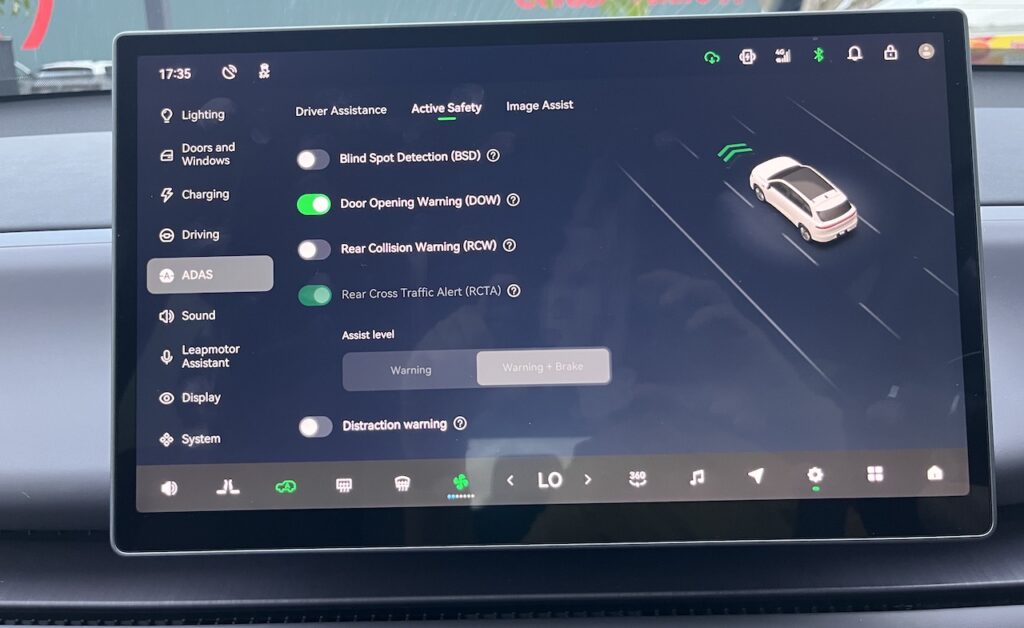
If I can’t completely turn it off after doing some homework on the system, I fear I’ll not be able to drive this bonging car again for my own mental health.
First impressions also reveal the steering is far too light (even in a so-called Sport mode), and brake feel’s pretty woeful.
Tesla Model Y rival? Not on this first try.
Parked up at home my son says its front end looks like a Star Wars Stormtrooper (so he likes it), and I say the BBS-like wheels and rear light bar look very cool, which is something.
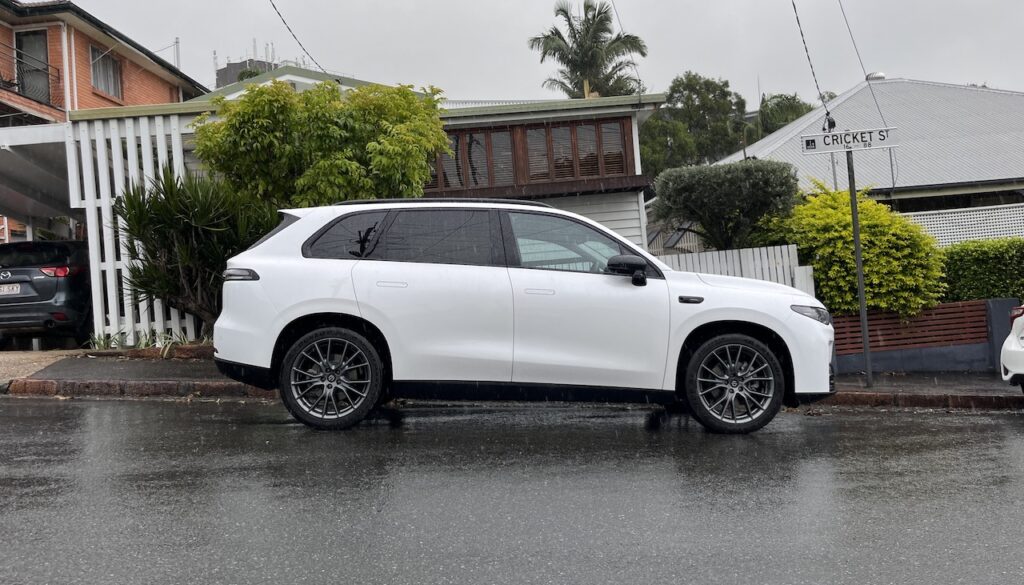
I started my journey with 100 per cent charge and indicated range of 467km. After my 132km (highway) trip, range is down to 306km and economy 16.6kWh/100km.
Day 2: Signs of improvement
Okay, I’ve learnt a trick.
As long as you have the C10 in Park, you can turn off all the enraging lane keep assist. Of course you only remember this when you’re a few hundred metres up the road and get the first bong, so it’s pull over, into Park, through the screen and turn every damn driver assist off.
It shouldn’t have to be this way. These systems should be there to flag emergency situations only, then we’d leave them on.
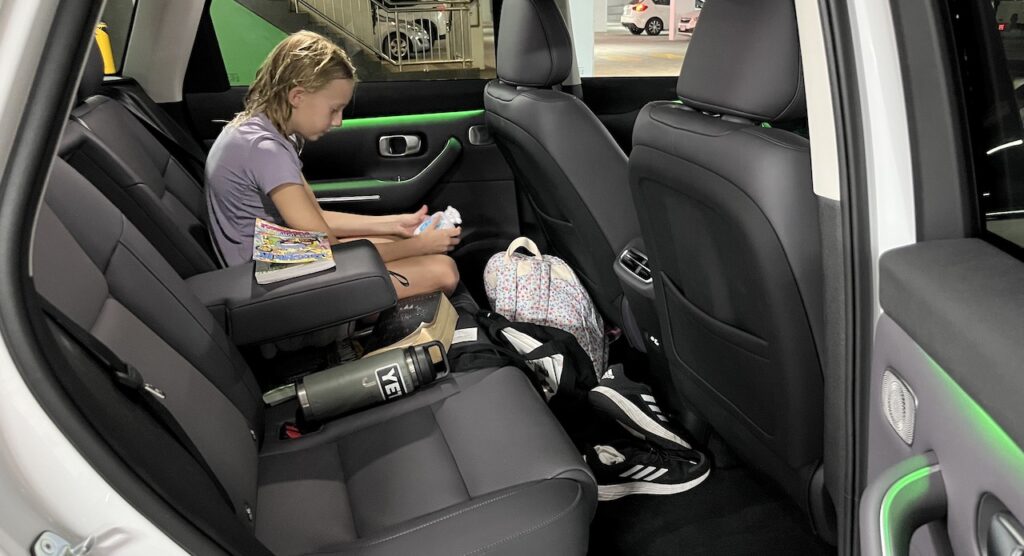
Around town today I’m seeing a quite excellent 13kWh/100km. If that’s true, it’s amongst the best I’ve seen in an EV. Made all the more impressive as this Leapmotor feels like a big and heavy SUV. Certainly there’s shed loads of space in the back for our kids.
The dashboard is very minimalist, but something of a tech marvel. My digital display’s a widescreen 10.25-inch job, while the infotainment’s a mighty 14.6-inch effort. With embedded navigation, digital radio and integrated audio and video apps – plus a bloody crisp camera screen – it’s a tour de force in this EV.
But here’s a deal breaker for many. No Apple CarPlay or Android Auto. Apparently this is being addressed later this year with an over-the-air update to add it.
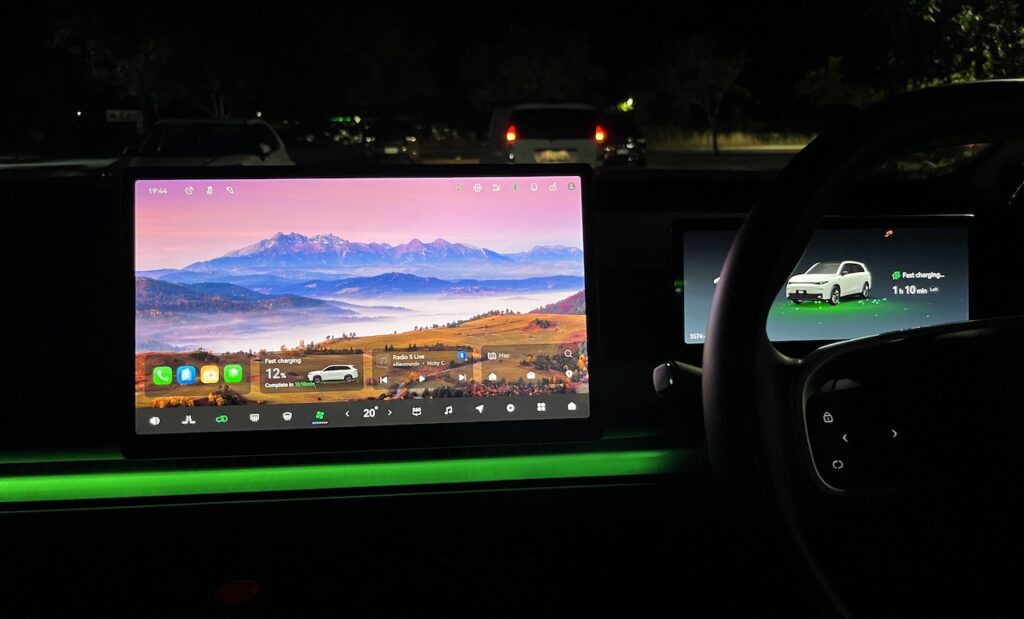
Call me old fashioned, but this pangs of bringing a car to market before it’s finished. For many shoppers, lacking CarPlay/Android Auto immediately scrubs a car off the list. The promise of it arriving later isn’t good enough.
Same with Vehicle to Load (V2L). Apparently the C10 is capable of it, but for now there’s no adapter available to use it. Why not wait until you can deliver the full package; this seems obvious for an emerging brand trying to make its mark?
But overall, I’m warming to the C10. The single rear motor with 160kW/320Nm has ample shove, and although it has a stiff ride, it’s perfectly smooth and quiet for getting around.
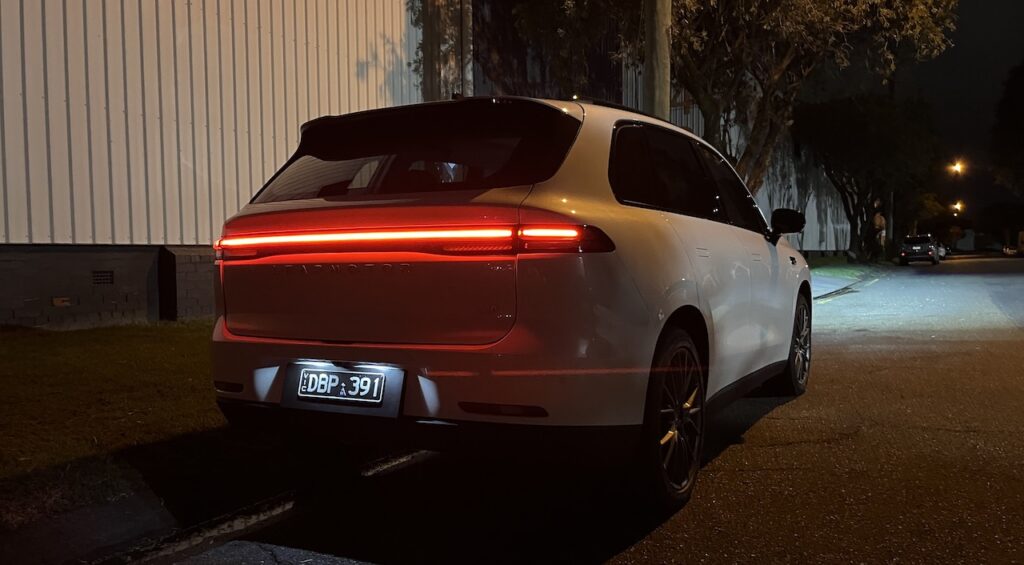
But its radar cruise control, like its driver assist, needs work. At night it wasn’t holding the car in front at all, leading to a very jerky, stuttery and unsure of itself system. Smooth progress is too hard, so I end up turning it off.
Day 3: Get charging
Stuck in traffic today, and the C10 impresses. Its active cruise control with stop/go function now works superbly. It’s as if this car’s been perfectly set up for Beijing traffic. It’s quiet and it’ll drive without me needing touch the pedals.
Then I note another annoyance. The indicators don’t self-cancel a lot of the time. At first I just thought I was hitting them wrong, but it turns out they’re just not finessed. I test a GWM product the following week and suffer the same. I’ve not experienced this indicator drama on legacy brands, only the new Chinese players.
I need to charge. It’s raining heavily and my only option’s a 50kW DC charger. As is typical, there’s no shelter at this charge point (Evie, near Brisbane airport) and I get soaked in the monsoon. How hard would it be to put a cover on these charging spots?!

I run errands for 90 minutes so return to a fully charged (97 per cent) Leapmotor, now promising 460km range. I’ve taken 58kWh into the C10’s 70kWh battery and it’s cost $37.26.
I head home and am pleasantly surprised going through a wet roundabout. The Leapmotor handles and grips pretty well, although it feels really heavy.
Day 4: Long distance life
I’m covering lots of kilometres this week, and the Leapmotor’s proving its worth when highway cruising. It’s a well insulated thing and the sound system’s pretty pumping.
But I need to charge again, this time at a highway BP Pulse. This one’s a 150kW charger so I’m expecting a quick boost, but it maxxes out at 84kW. What? Is it 2015?
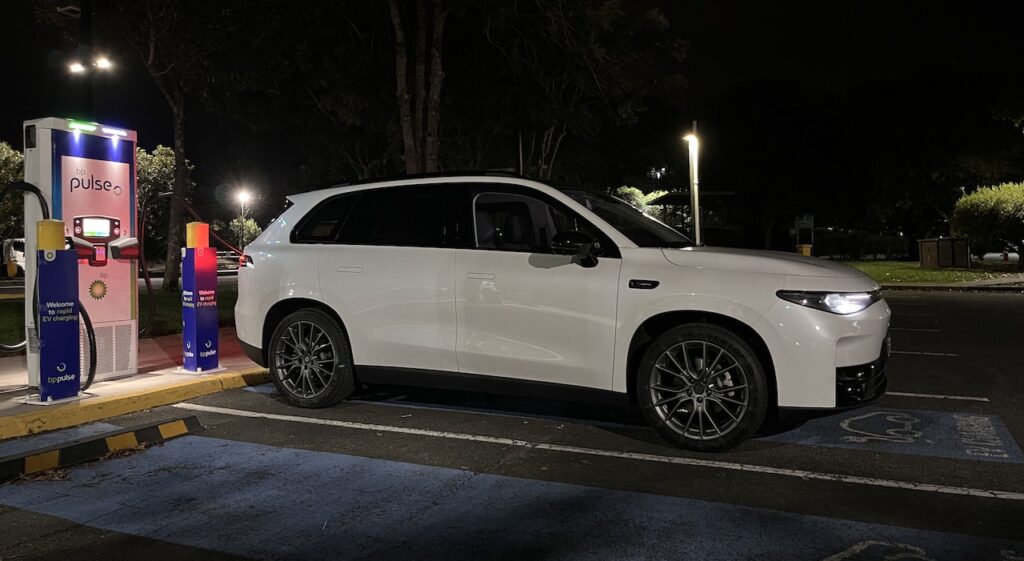
This maximum DC charge speed is simply not good enough for a modern EV, especially a family SUV. Unless you’re using a Leapmotor in town and home charging all the time, this slow charge rate would be a deal breaker for me. Twice that speed is now the norm.
Another little thing? It’s dark while I’m charging and the charge site isn’t well lit. The Leapmotor’s charge port isn’t illuminated with the filler flap open, so I must use my phone’s torch to light it so I can get the charger in properly. Lack of attention to detail again here.
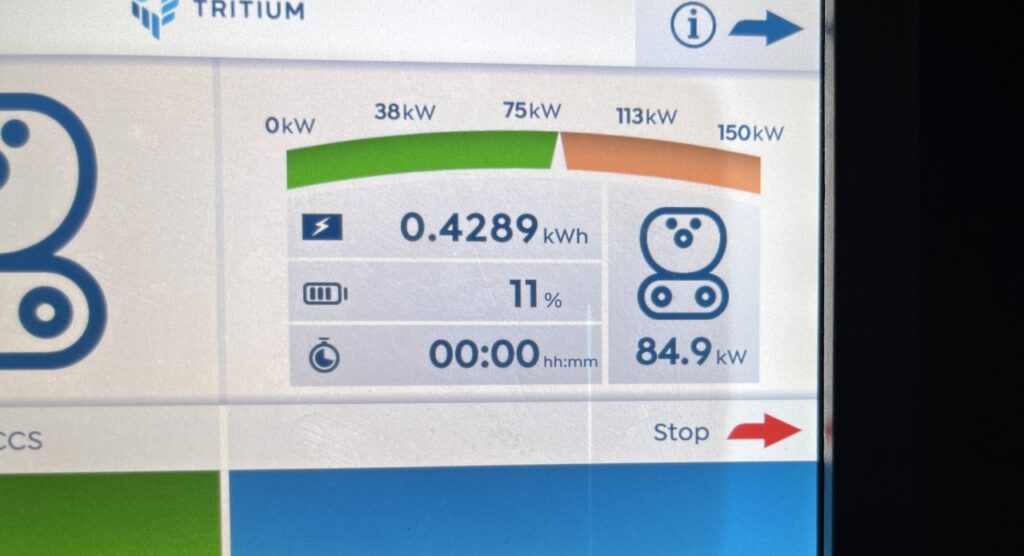
I want to get home, and in 20 minutes I manage to get 30kWh in the battery. I buy myself almost 200km range here for $21.55.
There’s another faff when you stop charging. You must go back inside the car and press a screen button under the “charging” section to release the charge cable. In most EVs, it lets go once you stop the charging session.
Day 5: Good and Bad
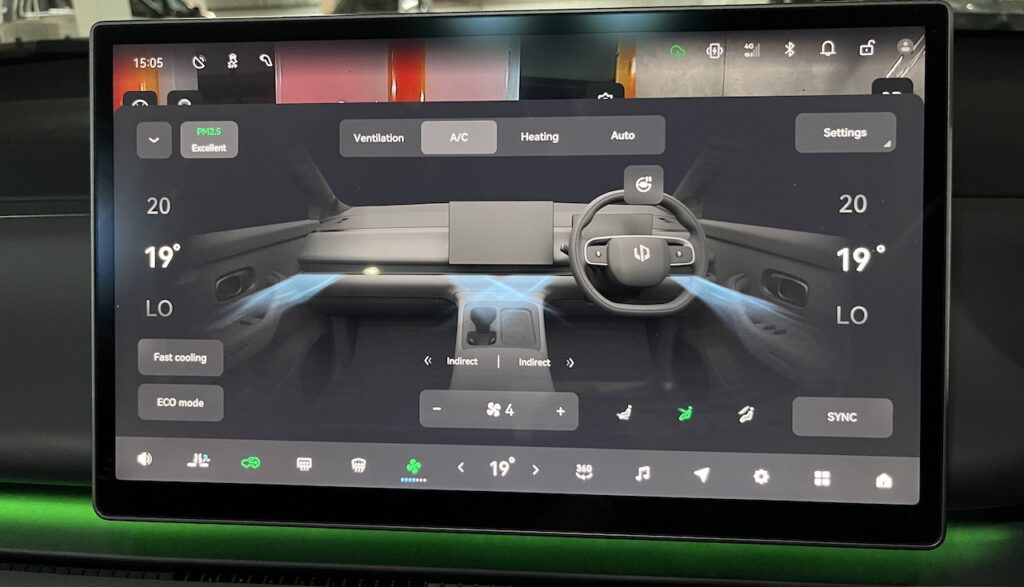
I’ve discovered the C10’s wireless charge pad, while an appreciated addition, is overheating my phone.
Little things like this in the cabin distract from the niceties. There’s a panoramic sunroof, heated steering wheel, heated and ventilated cosy seats and ambient lighting.
There’s excellent soft touch through the doors, a power tailgate, decent size boot and the kids are very happy with rear seat space. The soft centre armrest and selection of USB-A and USB-C ports come in for specific praise.
At night, with the giant screen lit up and the choice of cabin colours on display, it’s damn impressive.
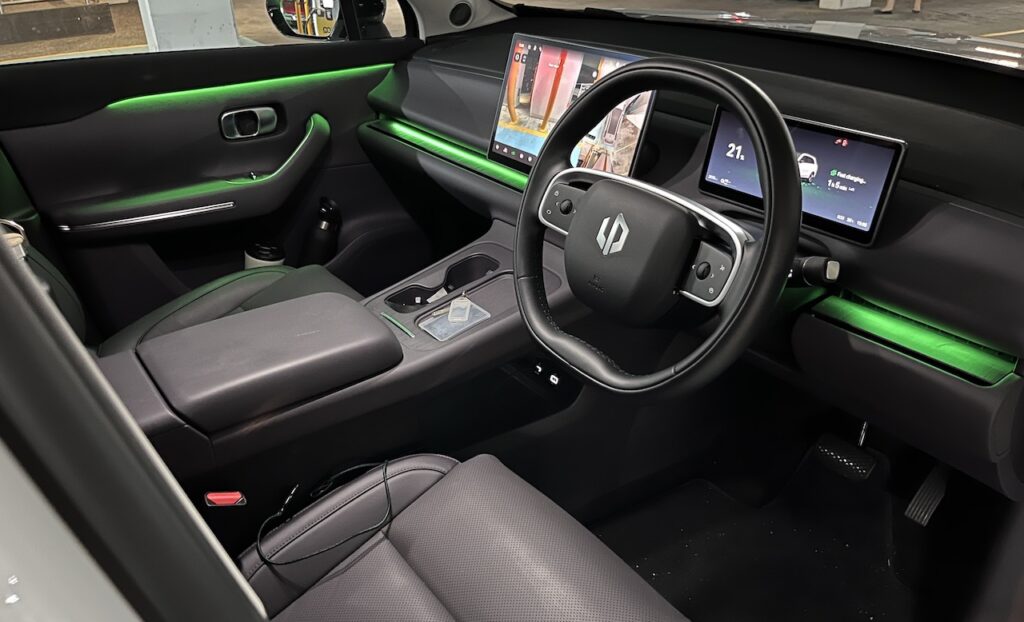
But I’ve decided to give up on using the radar cruise control. It feels a bit like when you’re towing a heavy caravan behind. You get little surges, then it feels stuck in the mud. It’s just not smooth enough by modern standards.
I’ve been trying out the voice assistant, and she greets me in different ways each time, including saying “I’m coming.” Flattering, if a bit odd.
Sadly, she’s not great at picking up my requests for useful things like ventilation, adjusting mirrors and making calls. She’s got a bit of work to do to reach Siri levels.
Day 6: Home charging
We’ve got a family trip away, so I top up the car overnight using a domestic power point in the garage.
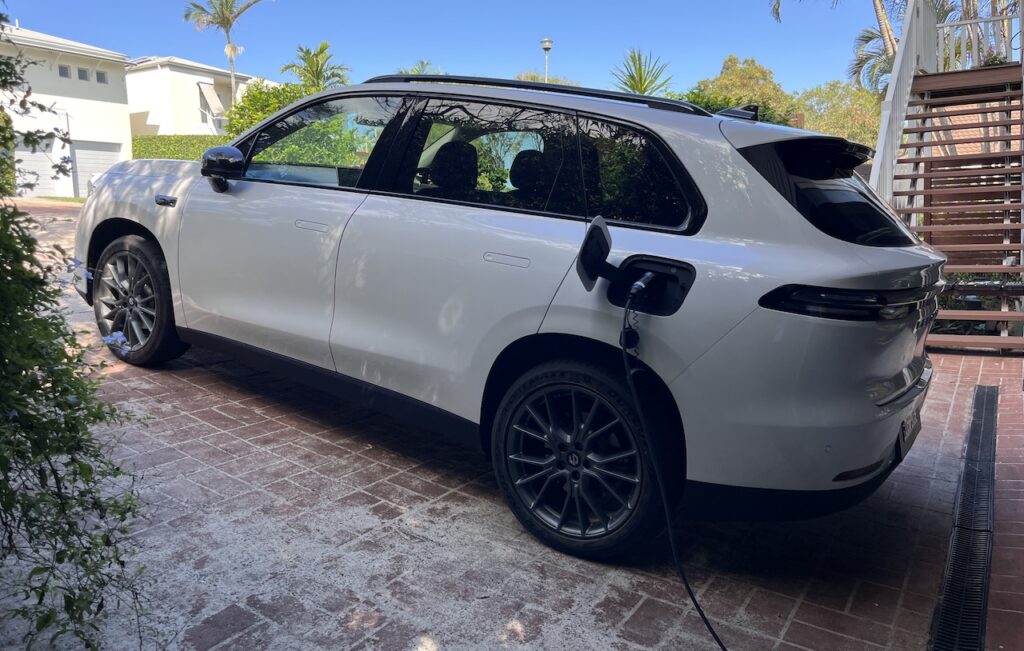
In my rush I forget to close the charge flap once I’m done. For a car that bongs if you get within a metre of the white line when driving, I’m amazed it lets me drive with my flap open for 150km without a warning signal. That’s nuts.
The boot swallows our bags for our mini trip, but it’s a shame there’s no under boot-floor storage to hide valuables, nor is there a frunk. The Tesla Model Y has acres of clever space, showing what smart packaging really looks like in a medium EV SUV.

Navigating a multi-storey car park, the C10’s all-round cameras are superb. The rest of the car may be behind its chief rivals, but cameras and screen quality are top notch.
Day 7: Final charge and farewell
It’s been a tough week with the Leapmotor.
It presents very well inside for a medium electric SUV with over 400km range, and the inclusions and tech look excellent value for just over $50,000 drive-away.
But it feels like it’s come to market before it’s the finished article. There are too many niggles and aspects that need recalibrated. Our cars shouldn’t ever annoy and frustrate, but the driver assist, slow DC charge speed, less than smooth power delivery and too many key controls through the screen let down the C10.
There’s a decent car trying to get out, and hopefully over-the-air updates will bring running improvements, although the firm ride you’re stuck with.
So for now, despite being a fair whack cheaper, it’s hard to recommend a Leapmotor over the roundly excellent Tesla Model Y chief rival.
I must add one final public charger top-up to get the Leapmotor back to its drop-off point.
Once again I’m let down by the charging facilities. This one may be under cover, but it’s located directly under where birds perch, and the charge cables are thoroughly coated in shit. I’ve never had this problem at a servo pumping petrol.
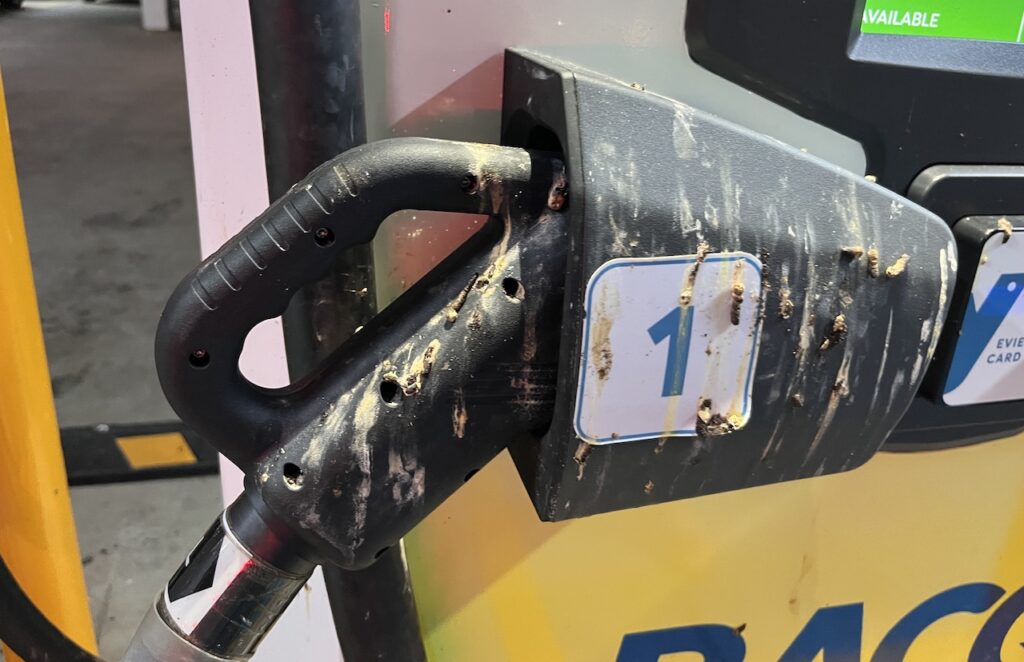
Pleasingly, our overall energy use was 16.7kWh/100km for the test, so the C10 was at least economical. That, combined with the decent performance and mainly solid handling, give the Leapmotor some kudos.
But I’d compel potential buyers to cross shop one with a Tesla Model Y and Kia EV5 for starters. These will cost you more, but in my mind at least, are markedly better EVs than this Leapmotor, and worth the extra investment.
2025 Leapmotor C10 Design specifications
Price: $51,500 drive-away, including 12 months free charging
Basics: EV, 5 seats, 5 doors, medium SUV, RWD
Range: 420km (WLTP)
Battery capacity: 69.9kWh
Battery warranty: 8 years/160,000km
Energy consumption: 19.8kWh/100km (16.7kWh/100km as tested) WLTP
Motors: 1 rear permanent magnet synchronous, 160kW/320Nm
AC charging: 6.6kW, Type 2 plug
DC charging: 84kW, CCS combo plug
0-100km/h: 7.5 seconds

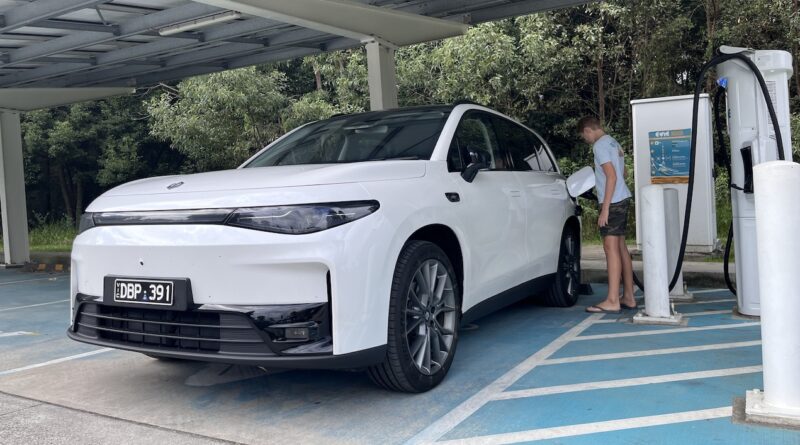


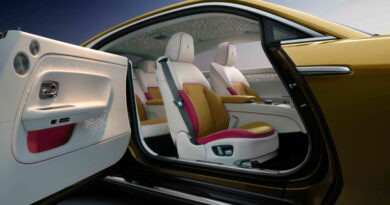
Thank you for the review. I was considering the C10 REEV so now I know what to look for and if it’s as bad as you’re saying it may well be a NO from me.
Been driving my C10 for a week now and it does have a list of issues. The majority of the issues feel like the manufacturer just sent the vehicle out when it’s development was 90% complete.
Some of the minor issues.
No android auto or apple carplay.
Extremely limited number of apps available.
No video streaming services (so while charging we get to watch shows on our mobile phones while the large infotainment screen sits unused)
No charging network apps.
No Plugshare app.
No DVR or dashcam app to take advantage of all the cars cameras. It would be nice to be able to plug in some storage and have the cameras record whats going on around the vehicle.
No VTL (vehicle to load) adaptor. Just returned from an Easter camping trip with the family and it would have been nice to be able to recharge devices (mobile phones, torches and cameras) as well as run some LED lighting.
No frunk insert. There are aftermarket inserts available but only for left hand drive vehicles.
Only a single USB-A and one USB-C port available to the rear passengers. Not sure what children they based this decision on. But with the possibility of 3 rear passengers and the likely hood of them each having a phone for short trips and possibly a phone, airpods and an iPad each for long trips. The two ports are woefully inadequate. If they had at least added a 12v outlet then we could have added a multi-port USB charger and made all the kids happy. A very important requirement for long road trips.
Some of the big issues.
Not unlocking the charge cable when charging finishes. This took me quite a while to find the manual unlock icon on the screen. When you press the unlock it only unlocks the cable for 60 seconds. Not only is the failure to automatically unlock annoying for the driver, it can be an issue for other drivers too. Sometimes when a vehicle completes it’s charge and the driver fails to return in a reasonable amount of time the next driver can park up beside the offending vehicle and move the charge cable over to their vehicle. Not something that would happen often but I have seen vehicles still occupying the charge bay hours after their car reaches 100%. Chargers near cinemas seem to be especially prone to over stay. Luckily many of the networks are adding over stay charges. Which I see as a welcome addition as it really only affects drivers that are doing the wrong thing and adversely affecting other drivers.
The NFC card. This is another annoyance. If you have kids then maybe you have experienced the withering look from your teenager as they stand beside their door waiting an eternity for you to arrive at the vehicle and unlock it. Every car I have owned since 1990 has had remote unlocking via a fob of some sort. The C10 has taken a big step backwards by not having a simple remote unlock ability. And yes, I know you can use the app but it is not quick or convenient.
Another NFC card issue occurs when starting the car. You have to remember to swipe the card over the mobile phone wireless charging pad before you put your mobile on the pad. Not a huge issue but annoying. Especially as enabling the car to be unlocked using the NFC on the mobile phone would make the whole process so much better. The NFC card could live in your wallet as a backup in case your phone was flat. Then you would just have to touch the phone to the mirror, get in the car, put your phone on the wireless charge pad and drive off. So much simpler.
But the biggest issue is having to switch off the terrible driver assist features every single time you drive the car. If the assists worked then it would be less of an issue but I find them to be dangerous when enabled. Many times I have had to take emergency action to prevent the lane keeping from swerving into a lane divider because it thought the road was bending when it was actually perfectly straight. It feels like the lane keeping is still at the testing stage of development, definitely not ready for public release.